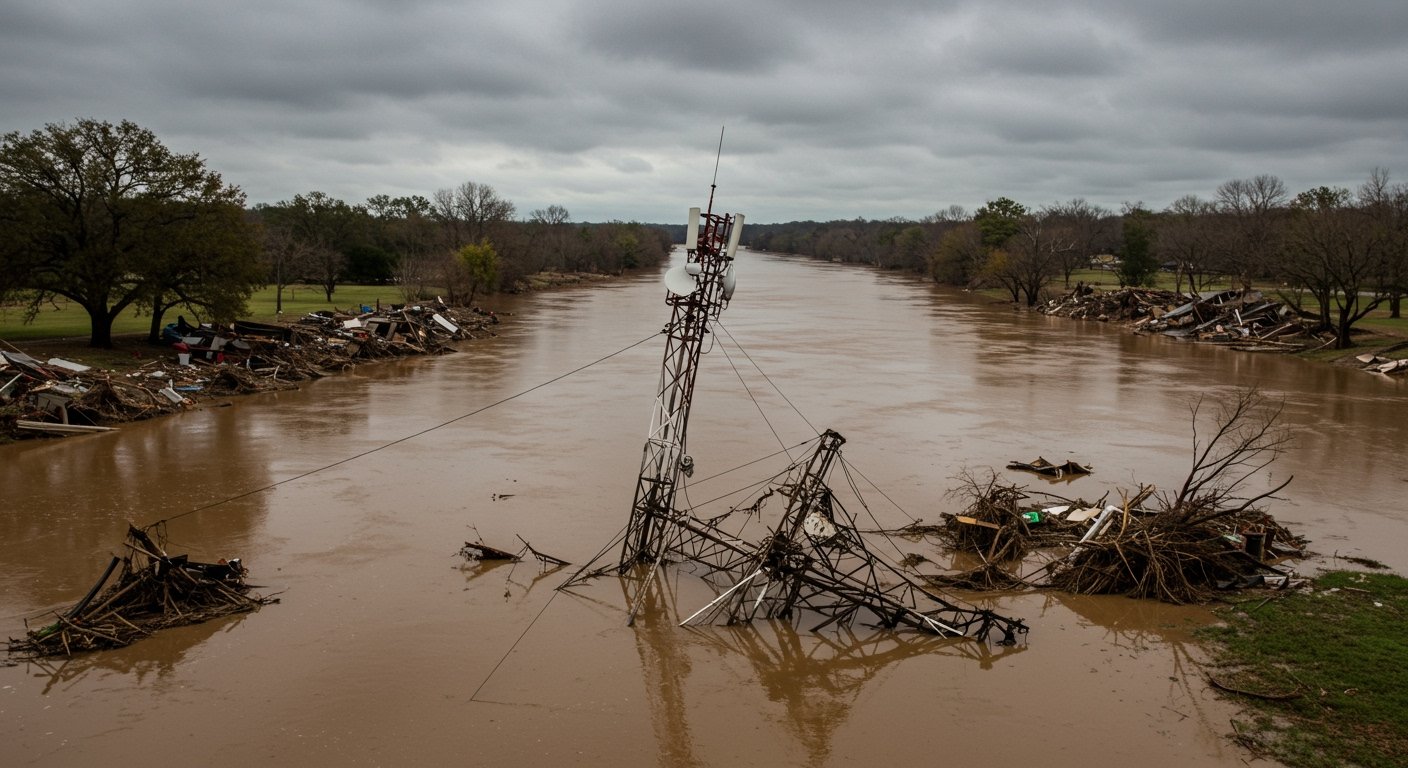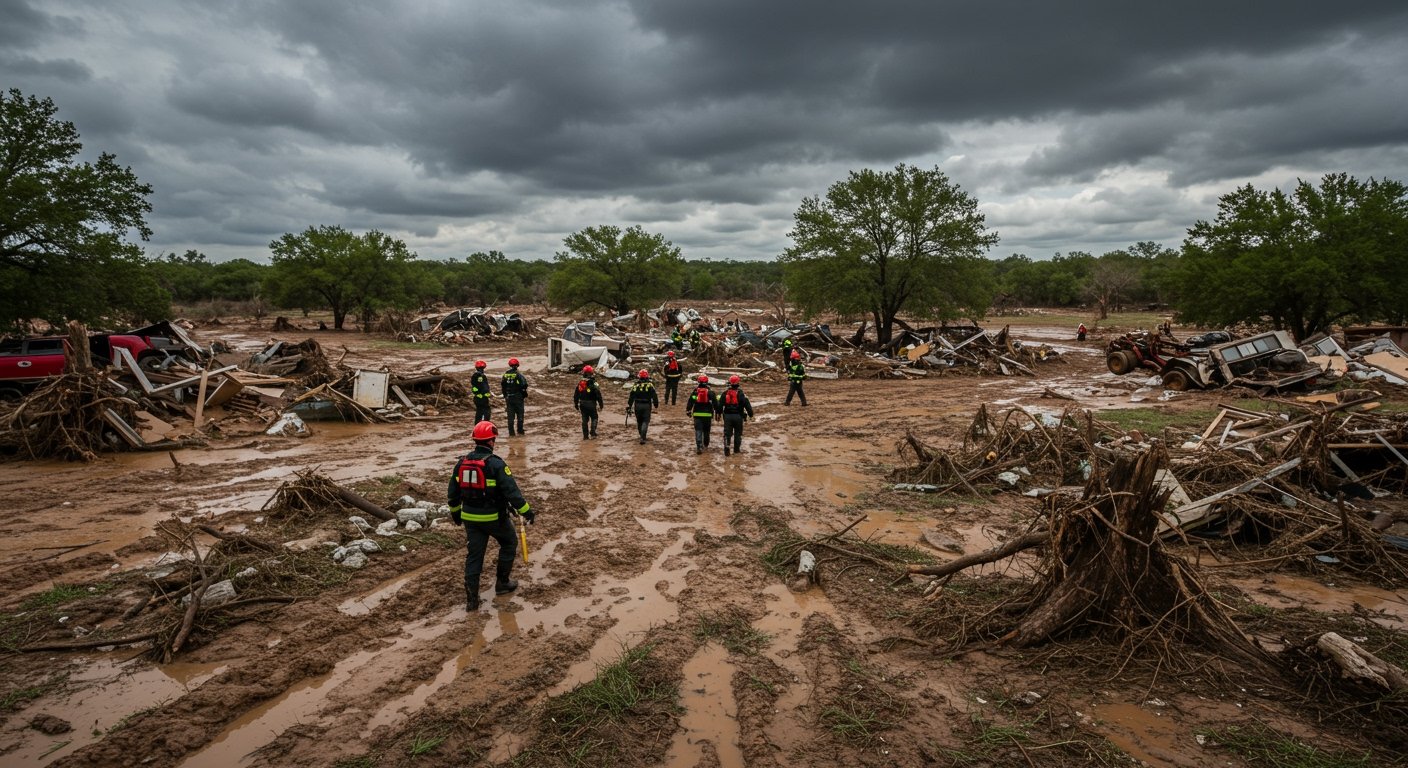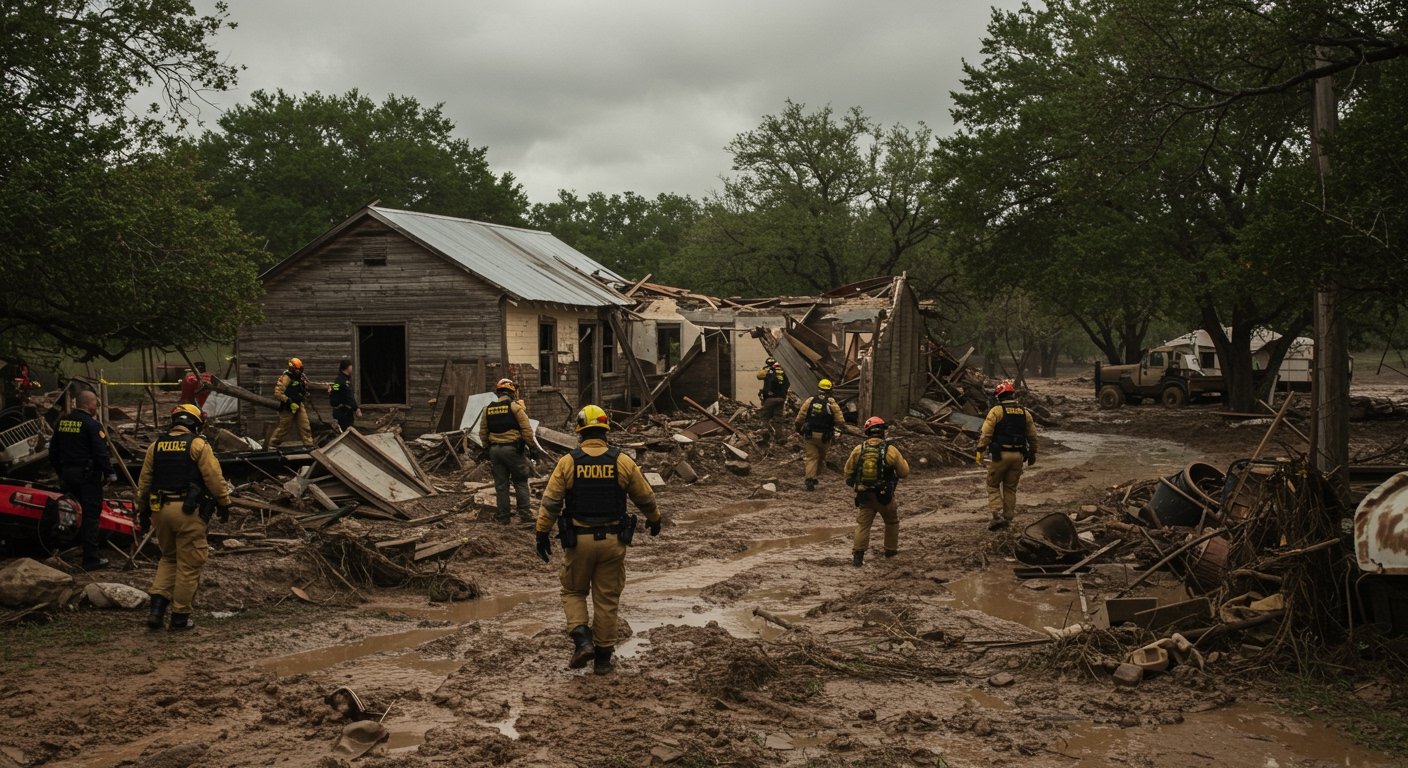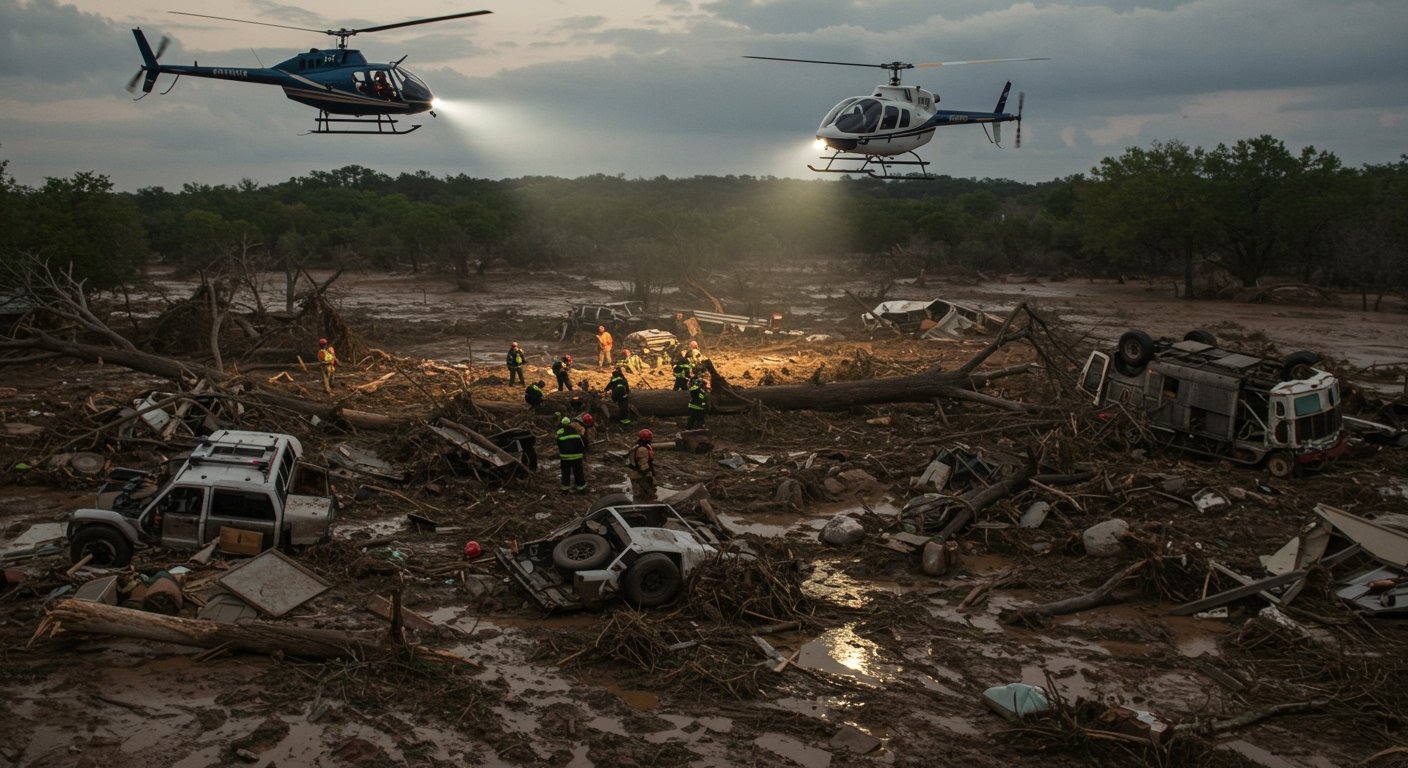A critical legislative effort aimed at bolstering Texas’ local flood warning and emergency communication systems failed to pass during the recent legislative session, leaving gaps in preparedness exposed by catastrophic flooding that has claimed dozens of lives in Central Texas.
The measure, House Bill 13 (HB 13), died in the Texas Senate, having previously passed the House. Its failure occurred just as intense floodwaters ravaged parts of the state, underscoring the fragile state of emergency infrastructure in vulnerable communities.
The Intent Behind House Bill 13
Authored by State Representative Ken King, HB 13 proposed a significant, long-term investment in county-level emergency preparedness. The bill sought to establish a comprehensive grant program specifically for Texas counties. The primary goal of this program was to provide funding for counties to build new, or upgrade existing, emergency communication infrastructure.
Beyond local grants, HB 13 also included provisions for the creation of the Texas Interoperability Council. This council would have been tasked with developing a cohesive, statewide plan for the use and coordination of emergency equipment across different jurisdictions. Proponents argued that a unified approach was crucial for effective disaster response, ensuring that various local, state, and federal agencies could seamlessly communicate and share resources during a crisis.
The financial scope of the bill was substantial, with an initial estimated cost of $500 million. This funding was not intended for immediate, one-time distribution but was proposed to be rolled out as local grant money over an extended period, potentially up to 10 years. This long-term funding model aimed to provide sustained support for infrastructure development rather than short-term relief.
Legislative Hurdles and Criticisms
Despite passing the House, HB 13 stalled and ultimately died in the Texas Senate. The reasons for its failure were varied, including concerns raised by critics about the bill’s focus and timing.
Some critics argued that the grants proposed by HB 13 were primarily geared towards planning and long-term infrastructure development rather than supporting immediate, on-the-ground disaster response efforts. They contended that while planning was important, the urgent need was for funding that could be quickly deployed to address current or imminent threats.
Furthermore, the timing of the legislative session played a role. Even if HB 13 had successfully navigated the Senate and been signed into law, its provisions would not have taken effect until September 1. This effective date meant the bill, had it passed, would not have been operational in time to impact the response to the recent, devastating floods.
The Human Cost of the Recent Floods
The failure of HB 13 casts a somber light on the state’s preparedness just as Central Texas grapples with the tragic aftermath of severe flooding. The most significant impact has been felt along the Guadalupe River, particularly in Kerr County.
The scale of the disaster has been immense. As of Sunday evening, at least 79 people have died as a result of the flooding. The majority of these fatalities occurred within Kerr County itself, which reported 68 deaths.
Many of the victims were individuals who were camping or attending a private summer camp in areas that were quickly inundated by rising waters. The suddenness and severity of the floods caught many off guard, highlighting the critical need for rapid and effective warning systems.
Local Perspectives and Political Repercussions
The tragedy has prompted reflection among state lawmakers, including those who initially opposed HB 13. State Representative Wes Virdell, a Republican who represents Kerr County, stated that observing the recent disaster has led him to reconsider his previous vote against the bill. His change of heart underscores the profound impact the floods have had on local representatives and their views on emergency preparedness legislation.
Local officials on the front lines of the disaster have also weighed in on the challenges of implementing warning systems. Kerr County Judge Rob Kelly noted that the idea of a siren system for the county had been previously considered but was ultimately rejected by the public due to its perceived expense. This highlights the complex financial and public perception hurdles local governments face when trying to implement costly safety measures.
Moving Forward
The legislative session’s conclusion without the passage of HB 13 leaves Texas counties reliant on existing, potentially fragmented, resources for building and maintaining emergency communication infrastructure. While the bill’s failure was attributed to various factors, including cost and perceived effectiveness, the recent floods serve as a stark reminder of the potentially fatal consequences of inadequate warning systems.
The high death toll, particularly in Kerr County, puts renewed pressure on state and local officials to find alternative means to fund and implement robust emergency communication networks. The debate over how best to invest in disaster preparedness – whether through long-term infrastructure grants, immediate response funding, or other strategies – is likely to continue as Texas grapples with the increasing threat of extreme weather events.






